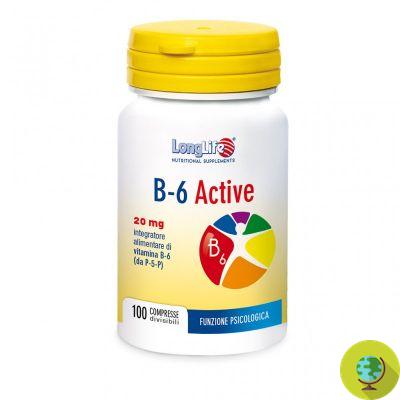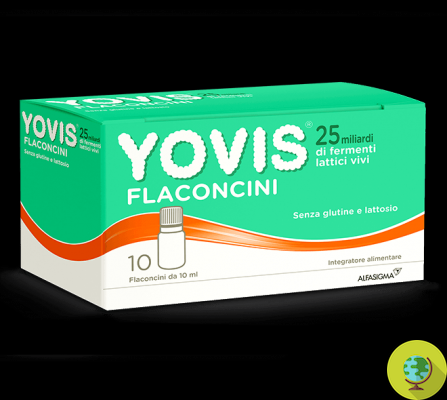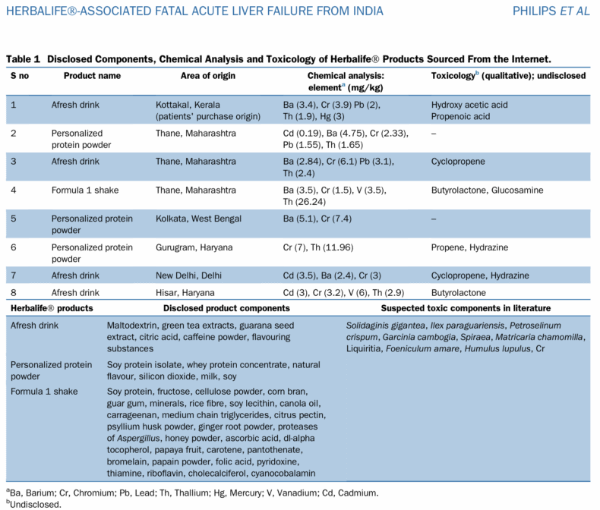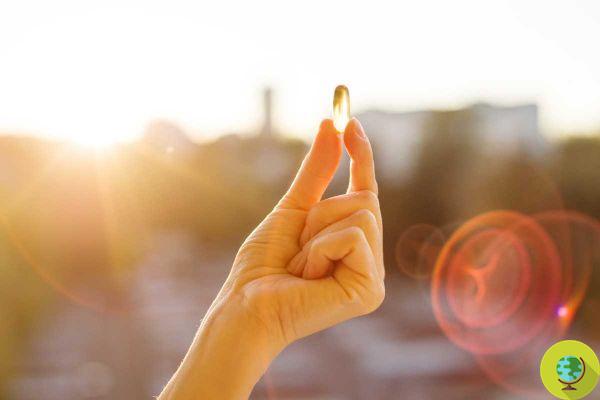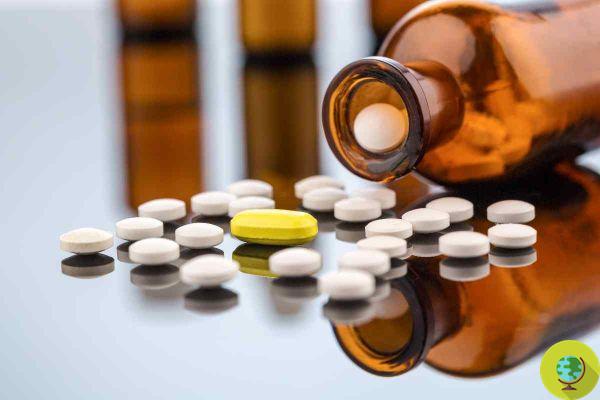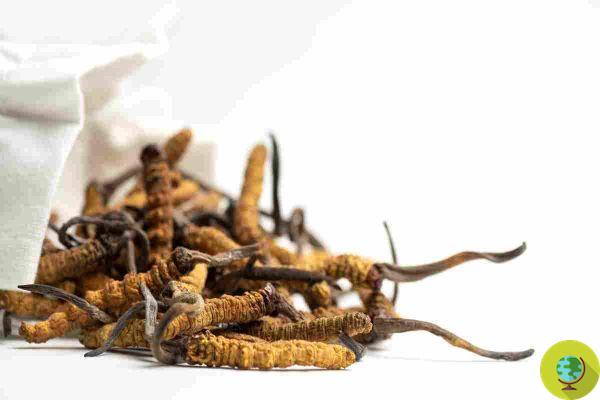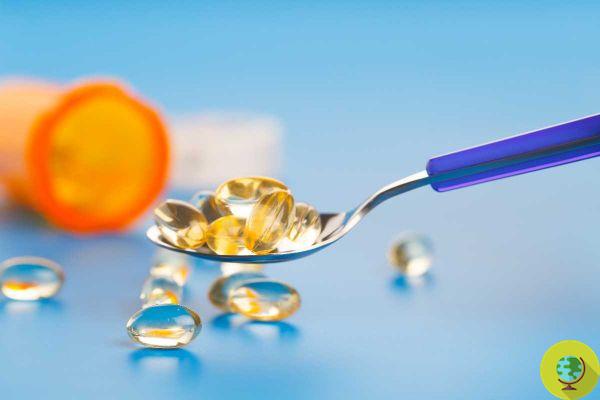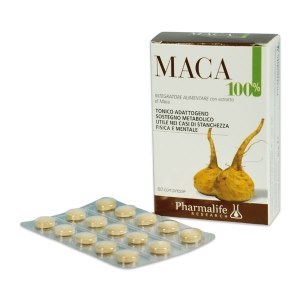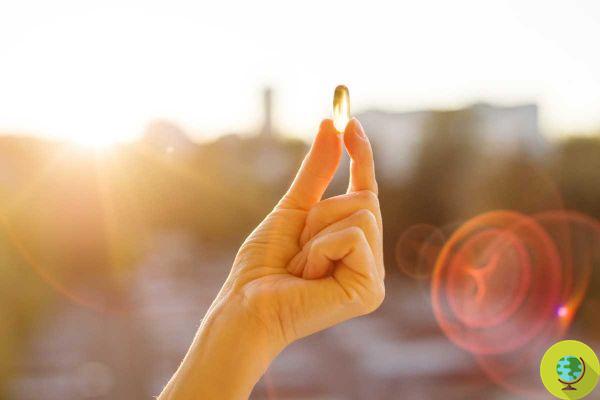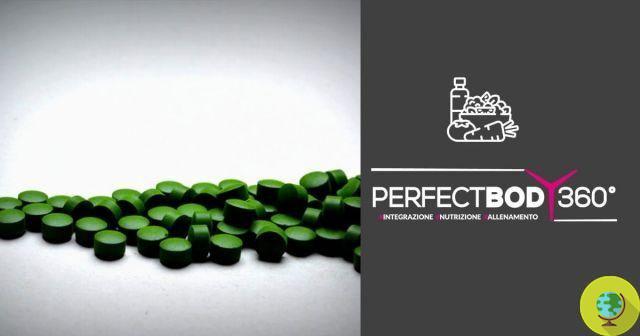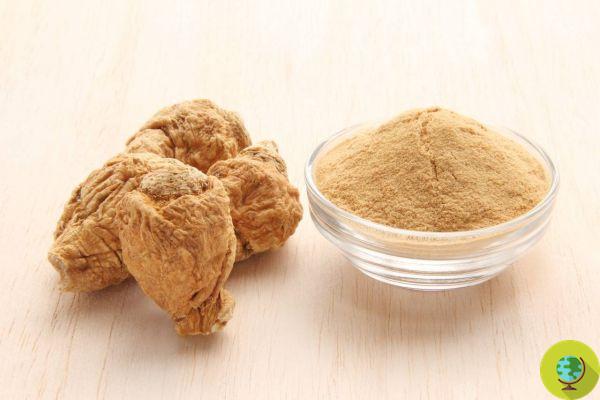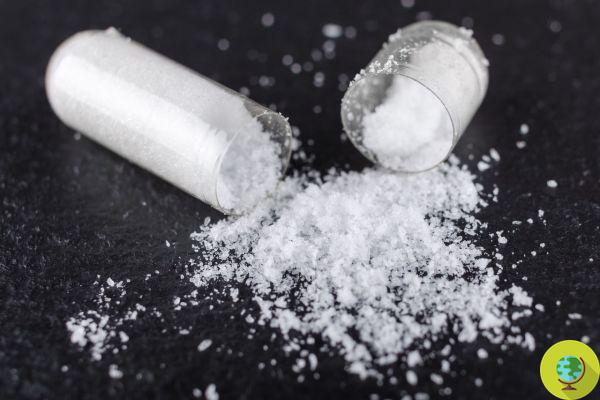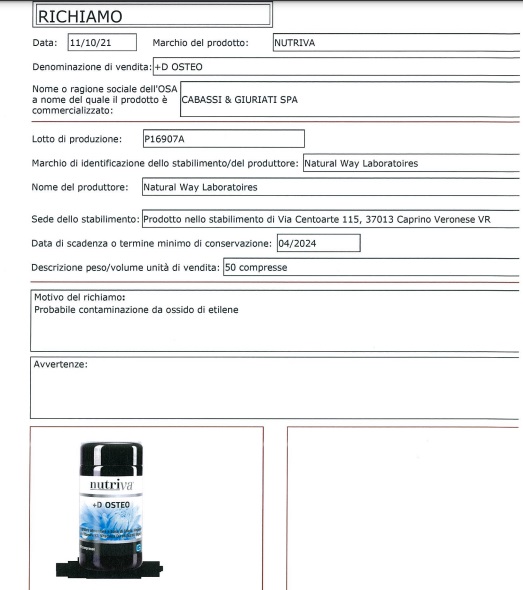What is creatine? What is it for? And what are its side effects?
Don't store avocado like this: it's dangerousLa creatine it is an amino acid that plays a fundamental role in muscle contraction, especially during short and intense efforts. In practice, it serves to provide energy. Is found naturally in the human body and is a combination of three different amino acids: glycine, arginine, and methionine. But what creatine is for? And it has specifics side effects?
Creatine can be obtained via the normal power supply or via supplements and can be defined as a compound produced by the liver, kidneys and pancreas and sent mainly to the muscles, but also to the heart and brain.
The use of creatine is quite widespread among those who train regularly and seek an improvement in their performance. His task is in fact that of optimize the alactacid anaerobic system, i.e. the phosphate system, one of the three energy systems used by skeletal muscle for the production of Adenosine tri-phosphate (ATP), which is the energy molecule necessary for muscle activity.
Index
Properties of creatine and what it is used for
Creatine is then taken from the skeletal muscles where it forms the phosphocreatine (creatine phosphate), the high-energy phosphate compound (creatine is converted in muscle to phosphocreatine, with the addition of a phosphorus atom). This compound is one source of energy reserve indirect for ATP and, once consumed, ATP must be regenerated with the metabolism of substrates such as glycogen, glucose, fatty acids, ketones and amino acids (AA).
In other words, when our body makes a particular effort, phosphocreatine releases the phosphorus atom, which then binds to the ADP present in the muscle, converting it back into ATP, the main form of energy used by cells. Phosphocreatine, therefore, is a concentrate of energy valid when you go from a state of rest to one in which a certain physical strength is required (like lifting a weight).
Our body is capable of synthesize 225 grams to 425 grams of creatine phosphate, so up to 5 times of all synthesized ATP. But creatine phosphate, unlike ATP, cannot be reconverted, due to the reactivity of the phosphoguanidine group, in which the carboxyl group replaces the phosphate. The cyclic compound that comes out of this process is creatinine, which is then excreted in the urine.
READ also: HIGH OR LOW CREATININE. REFERENCE VALUES AND HOW TO REGULATE IT
It is therefore clear that creatine is mainly used for functions related to muscle building, since its positive effects are due to its ability to release energy in moments of maximum metabolic demand.
In fact, creatine is useful for:
- increase the energy of the organism
- strengthen the muscles
- in case of damage, to aid muscle repair
- improve sports performance
Creatine reference values
The fdaily creatine requirement is about 2 grams and is satisfied for 50% by the diet and the other 50% by the endogenous synthesis.
Creatine represents a urinary and blood parameter together that must always be kept under control with the necessary analyzes, especially if you want, or if necessary, monitor the state of health of the kidneys. An increase in creatine values could mean muscle damage while an increase in its waste product - creatinine - could indicate kidney damage.
As for blood anal, the reference values are:
creatina: 0,1 – 0,6 mg/dl
in urine analysis, the creatinuria, which is the amount of creatine eliminated in the urine in 24 hours. Its concentration is equal to:
creatinuria: 0,5 - 1,5 g in 24 hours
If creatine and creatinine have high values, you are in the presence of any pathologies. Self the increase of creatinine in the blood and urine indicates mainly kidney problems, for an increase of creatine in the blood can be determined by all those pathologies that determine a muscular lesion.
And in particular by:
- muscular dystrophy
- rheumatoid arthritis
- amyotrophic lateral sclerosis
- myosite
- polio
An increase in creatine in the urine, on the other hand, is linked to:
- diabetes
- hypercatabolism
- miopathy
READ also: MUSCLE PAIN: NATURAL REMEDIES TO RELIEVE FATIGUE AND SENIANCE
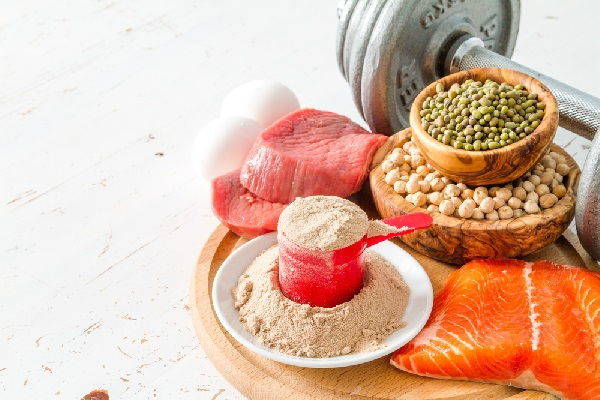
Where is creatine found
In addition to the natural synthesis carried out by our body, in general, creatine is assumed through certain foods.
Foods that contain the most creatine are:
- herring
- pork meat
- steak
- salmon
- tuna
It goes without saying that those who follow a vegetarian or vegan diet (creatine is present in trace amounts in vegetables), have only that produced by their body as a source of creatine.
Then there are one on the market series of supplements in different forms. Their benefits, however - the experts point out - are evident only in short duration and very high intensity exercises. That is, creatine improves athletic performance especially during intense but short-term efforts (from 2 to 30 seconds).
As for the different posologies and to all effects, always contact a doctor and avoid do-it-yourself.
READ also: TAURINE: WHAT IT IS, DOSES, WARNINGS AND CONTRAINDICATIONS
Cretin side effects
Abuse or improper use of creatine can bring out more or less serious problems. This is why it is necessary to evaluate the real needs of a possible intake of these types of supplements on a case by case basis always and in any case agree on doses and duration with a doctor.
The main side effects related to taking creatine are:
- dehydration
- water retention
- weight gain
- nausea
- gastrointestinal disturbances and diarrhea
- kidney problems
In general, moreover, experts advise against the use of creatine if:
- there was severe dehydration
- drugs that can compromise or seriously affect renal function are already being used (probenecid, NSAIDs, cimetidine, trimethoprim)
- diuretics are used
- you have an allergy or hypersensitivity to creatine
Germana Carillo




